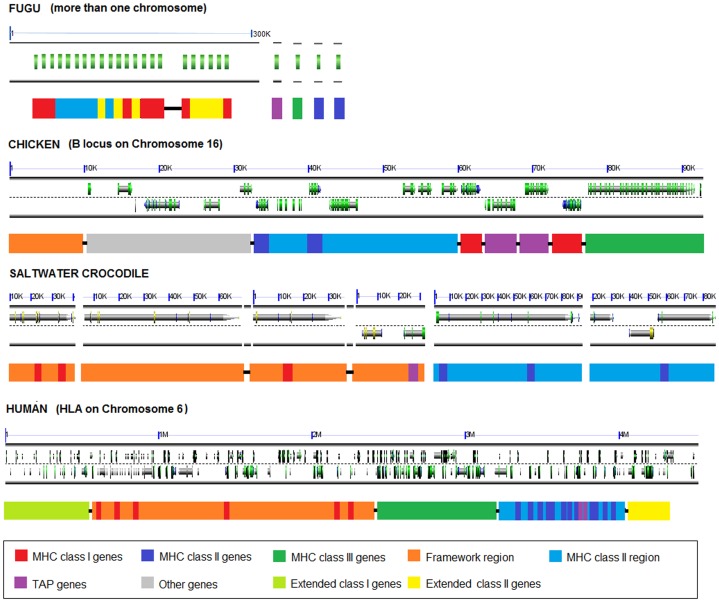Figure 3. Comparative MHC organisations of the fugu, chicken, saltwater crocodile and human.
MHC mapping in the fugu, chicken, and human is generated using data from Clark et al. [87], AL023516 (plus Shiina et al. [29] for a framework region), and NT_007592, respectively. Gene cluster 2 of the saltwater crocodile, where a gene model of coding sequences is absent, is omitted in this figure. Graphics in the first row of each vertebrate represent genes in the MHC based on schematic representation in GEvo [88], where all graphics are automatically created if applicable. Unlinked MHC genes and regions in the fugu and saltwater crocodile presented by the absence of line connection indicate that their order is arbitrary and is not based on the current data. Gray arrows indicate gene models; green arrows indicate protein coding sequences (CDS); blue arrows (on top of gray genes) indicate mRNA; and yellow arrows indicate approximately 50% GC content in codon wobble positions. Scales above the graphics show different sizes of MHC regions in kilo base pairs (K) or mega base pairs (M).

